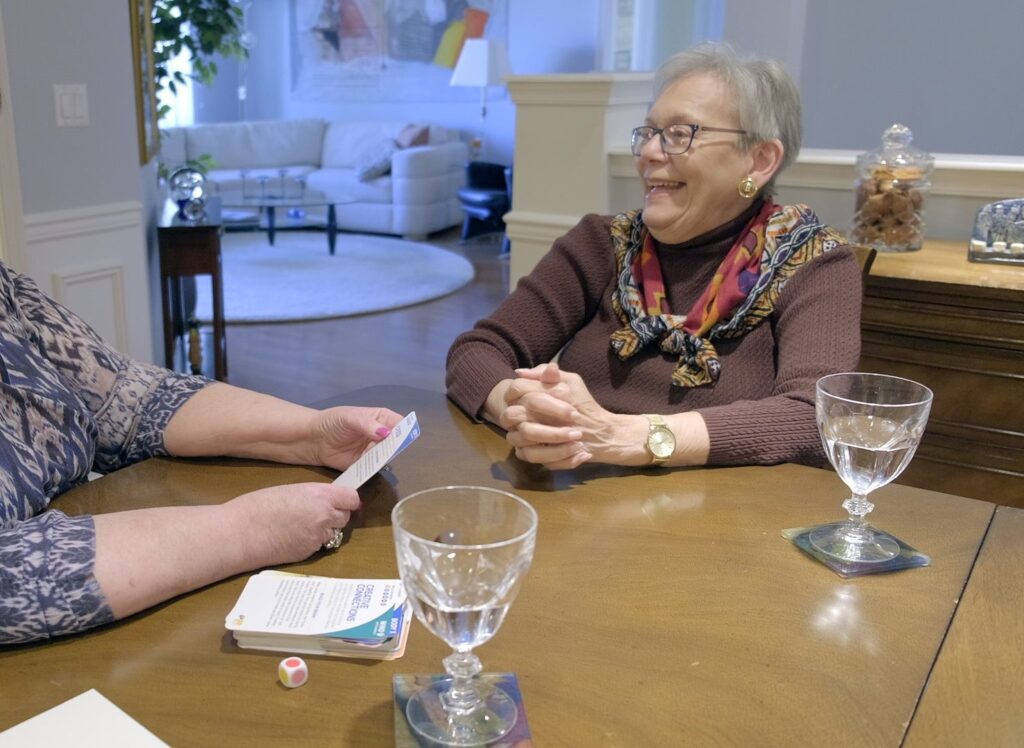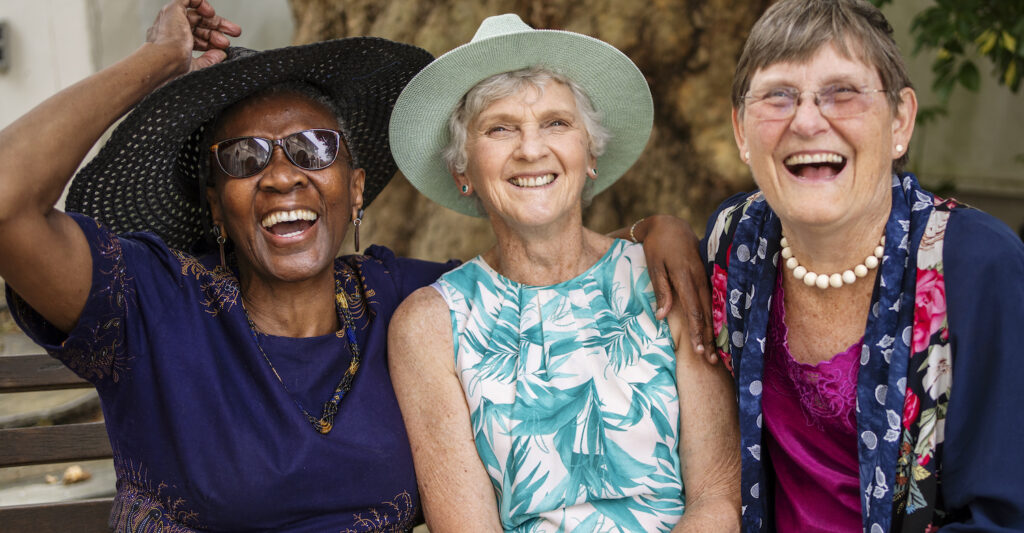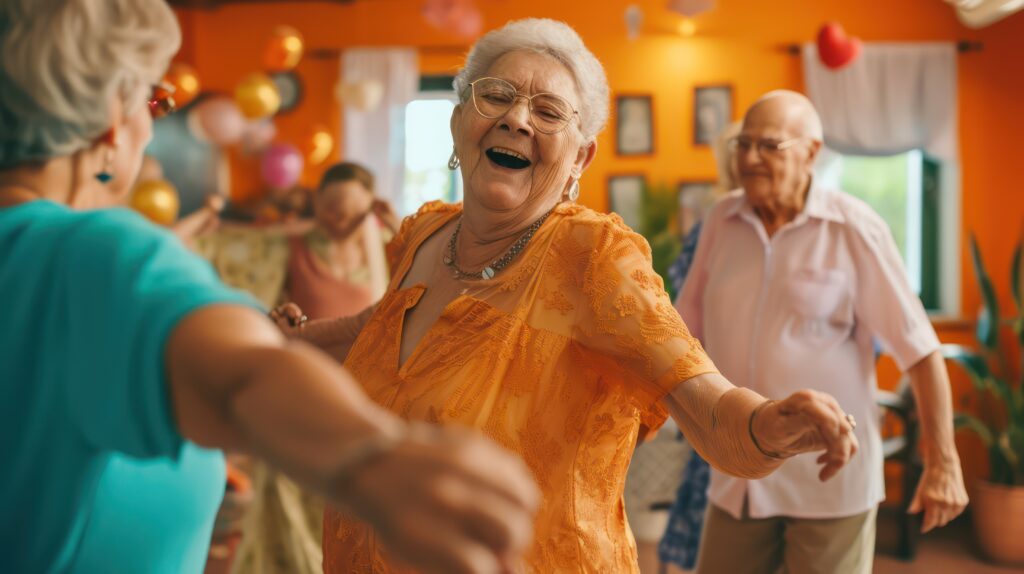
Got Brain in the Game? Here’s Why You Should
What’s your favorite game? Perhaps you are a huge Mario fan, or love nothing more than a fierce round of chess. Always a popular pastime, games have provided distraction and a way to connect for many of us during the pandemic.
Did you know adding a bit of game to wellness engagement can bring buy-in to a whole new level? Research shows that even just a few game-based elements can make it easier to stick to healthier habits. And adding gamification to brain training packs even more of a punch, since most games themselves offer meaningful ways to target everyday cognitive skills.
Want to learn more about how you can raise the game on your cognitive wellness program? Here’s what you need to know!
What Is Gamification?
Gamification has been defined as “the use of game design elements in non-game contexts.” In other words, we borrow concepts usually associated with games such as points, badges, team play, and competitions to promote engagement in a new context, such as a weight loss or brain training program. Gamification for health promotion first gained attention in the 1990s and has grown significantly over the past three decades with a wide variety of both traditional and electronically based training models now available.
Does It Really Work?
Yes! Research shows gamification boosts participation, continuity and satisfaction. A 2016 study on gamification for health behaviors found that “gamification can have a positive impact for health and well-being related interventions.” Whether we are tracking points or helping our team get ahead, the positive reinforcement game elements provide are very motivating. They can also add a measurable aspect to improvements that can sometimes be hard to assess personally, such as managing stress better or being more social. As wellness experts, we can use the power of the game to drive healthier behaviors.
Why Should Our Brains Get in the Game?
Brain fitness and gamification are perfect together. Game elements can add challenges, such as playing against the clock or against others, that add robust ways to target thinking skills that are not only key to daily functioning but also vulnerable to age-related changes including sustained attention and processing speed. Games are also a wonderful source of intellectual engagement, and one of the most common ways we spend our leisure time. In addition, gamification can make the at times tedious practice of memory-boosting strategies much more fun and effective. Lastly, adding some game to our brain training allows us more opportunity to socialize and connect with others, a big bonus for those vulnerable to isolation and loneliness.
I’m Game! What Are the Instructions?
Bringing aspects of gamification to boost your cognitive training is a (sorry!) no-brainer. There is a wealth of models, a wide complement of brain wellness targets, and a range of opportunities. Look for game-based programs that encourage behaviors we know support brain fitness, including physical activity, socializing and emotional well-being. Engage everyone’s thinking skills with cognitive training that includes robust, exciting ways to be part of the action. Finally, don’t be fooled by fancy bells and whistles! You can achieve huge success with game-based brain training approaches that are group-based, easily accessible and just plain fun.
Want to test out a short game-based workout in your community? Try our TBH On Demand Game Your Brain! 15-minute interactive workout video and worksheet for some fast-paced gamification fun.



